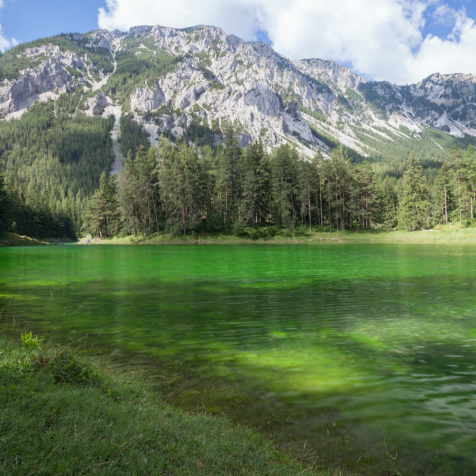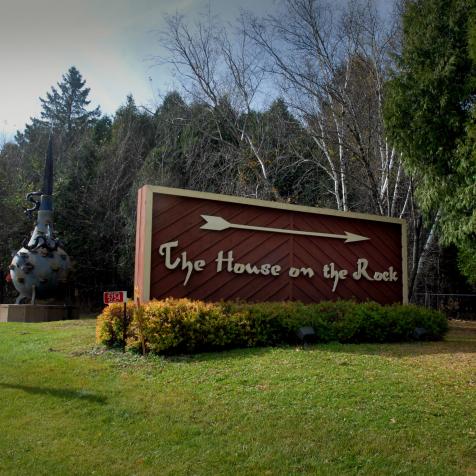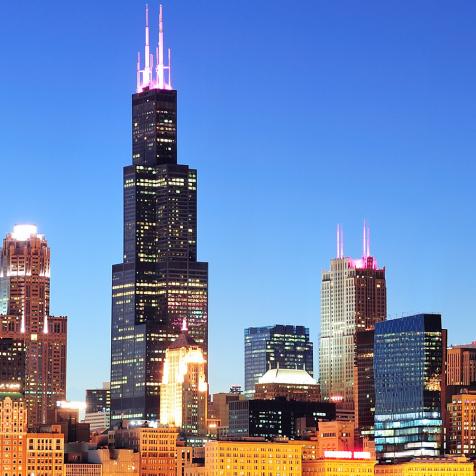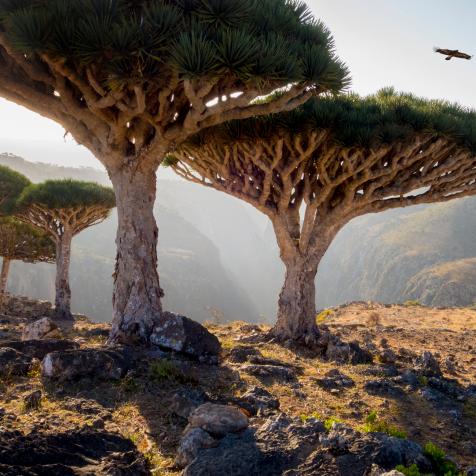
North Sentinel Island Is Home to the Last Uncontacted People on Earth
This area is one of the last uncharted places left on the map.
It's just a fact: There are almost no uncharted places left on the map. Even the most adventurous explorer isn't going to stumble on a group of people who haven't experienced the modern world. Well, unless you're in the Bay of Bengal. Just head over to North Sentinel Island if you want to try contacting the world's last uncontacted people — but you'd better be careful.
An Island in Time
How does an island population survive into the 21st century without ever running into a modern Magellan? Basically, by keeping any would-be "discoverer" at bay with bows, arrows, and spears. The people of North Sentinel Island have kept their corner of the Indian Ocean free of intruders for as long as they've lived there — about 60,000 years. It's not because they or their island are unknown, either. North Sentinel Island can be found in the writings of Marco Polo (although modern historians doubt he ever landed there), and every three to five decades a ship tends to find itself on the island's shore, whether on purpose or by accident. Today, the Indian government recognizes the island as a sovereign entity and makes efforts to ensure they're left undisturbed.
One of the first deliberate encounters with the people that English-speaking mainlanders have come to call the Sentinelese came in 1880, and it might explain why they've been so hostile to outsiders ever since. Led by anthropologist M.V. Portman, this expedition ended when the European researchers kidnapped an elderly couple and four children in order to "study" them. To make things worse, many of these unfortunate victims died shortly after from disease.
Even before Portman's voyage, though, the Sentinelese weren't especially welcoming. Thirteen years before the 1880 incident, an Indian merchant ship called the Ninevah was wrecked on the surrounding reefs, and after three days on the beach, they were assailed from the jungle. Something very similar happened in 1981 when the merchant vessel Primrose was grounded on the reef. The crew kept the Sentinelese at bay with improvised weapons, including their flare gun, and sent distress calls back to the mainland that left recipients scratching their heads in confusion. Still, they were rescued after approximately one week via helicopter — an event that must have been quite the sight to the Sentinelese further inland.
The only successful contact came in 1991 when the anthropologist TN Pandit finally interacted with them after two decades of distant observation. But the Sentinelese still don't want you there. In 2006, two poachers were killed when they broke the island's quarantine and ran afoul of its residents, and in 2018, a Christian missionary was killed when he attempted to visit the island.
Life on the Island
Obviously, there's a lot that we don't know about how exactly people live on North Sentinel Island. But there are a few things that we can say for sure. First, the population numbers somewhere between 50 and 400 — we said "for sure," not "specifically." Also, they live a hunter-gatherer lifestyle and have dwelled on the island since before the invention of agriculture.
A lot of what we know about life on North Sentinel Island can be inferred from the peoples of the surrounding islands. After all, North Sentinel Island isn't that isolated — it's only 20-odd miles from the other Andaman islands, which are now bustling with their own cities and roads. The way aboriginal societies once thrived on the other islands can offer clues as to the current lifestyle on North Sentinel Island. For now, that's how it'll stay. The Sentinelese want it that way.
This article first appeared on Curiosity.com.


















